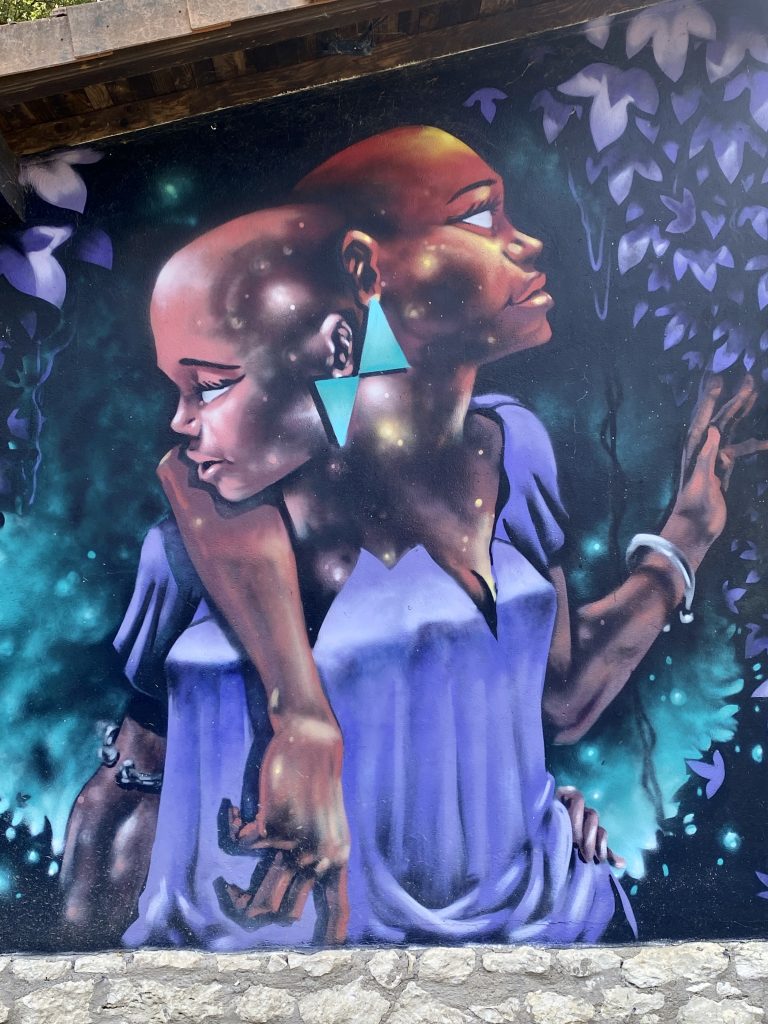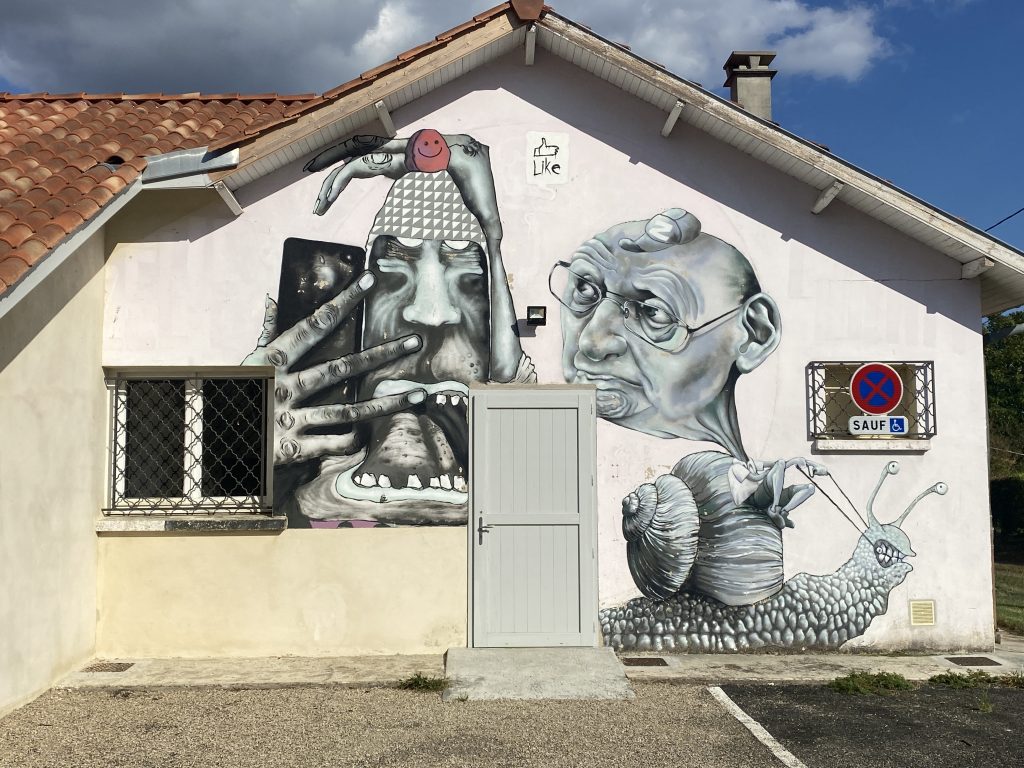And so to Eauze and an altogether nicer part of France. Eauze is only a small town (4,000 people) but it is recognised as the capital of the Armagnac area. Moreover it is surrounded by a clutch of interesting villages, a number of which are included in the list of ‘Les Plus Beaux Villages de France’ and it has a reasonably priced Michelin Restaurant (La Vie en Rose). We knew immediately that Eauze was going to be good and so we booked into the municipal campsite for a few days with a view to using it as a base from which to explore both Eauze and various local villages (Montreal du Gers, Larressingle, Cassaigne). The campsite was quiet (it would close for winter the following week) but it has a pool, a pleasant and very popular restaurant (Restaurant au Moulin de Pouy) and is just a short walk from a large Leclerc supermarket and the town centre itself.
Initially named Elusa in Roman times, Eauze is a town of some considerable historical significance (especially during France’s Religious Wars). It was home to Henri III of Navarre (who was subsequently crowned Henri IV of France) and his wife Marguerite de Valois (who was sister to no less than three French Kings – Francis II, Charles IX and Henri III – and popularised by Alexandre Dumas in his historical novel ‘La Reine Margot’). I recall watching the 1994 film version of Dumas’ book which starred Isabelle Adjani in the title role.
Eauze may be small but around it’s main square (which, unusual in rural France, has a bar that stayed open until one o’clock in the morning) there is a decent sized medieval quarter of narrow streets simply teeming with character.

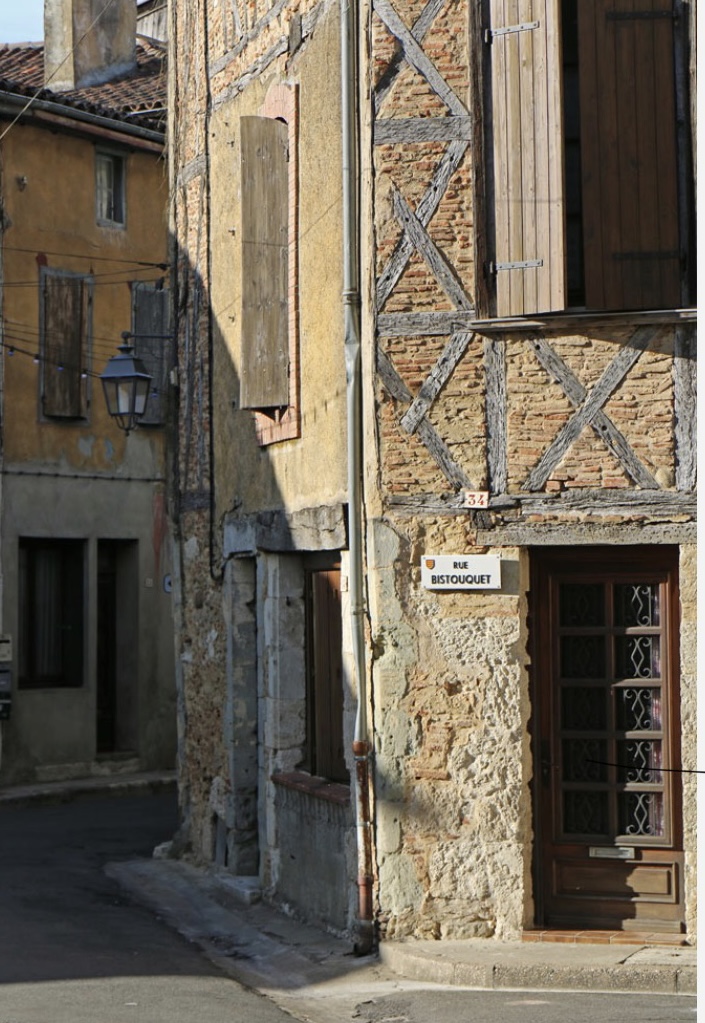
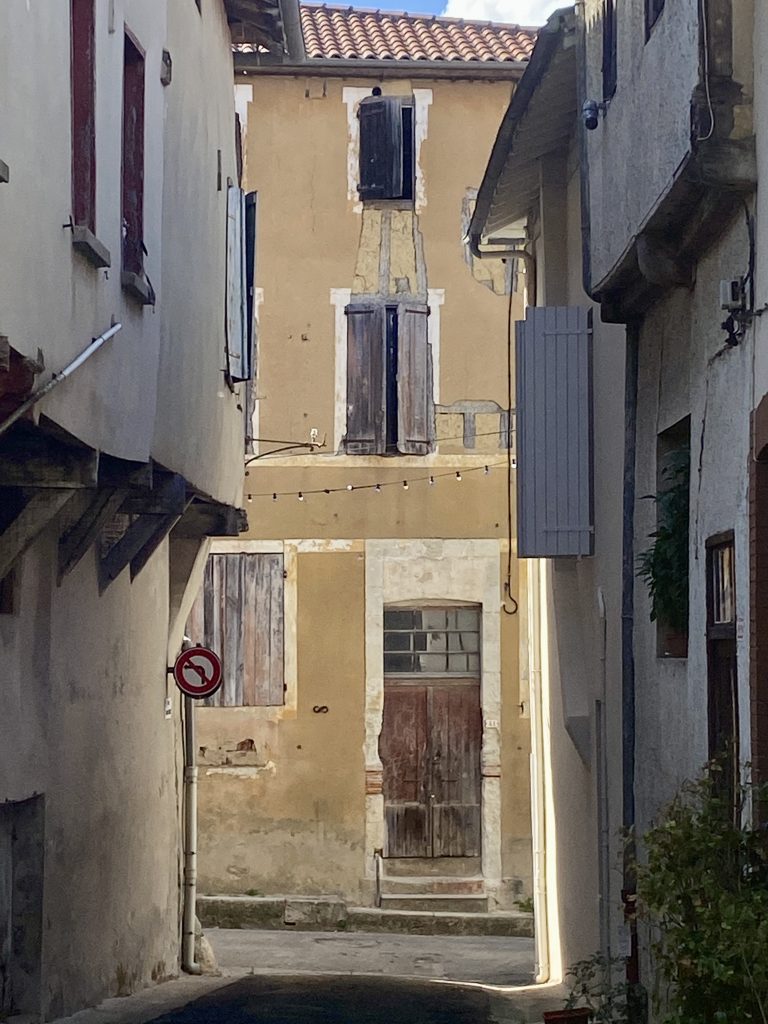

Also on the main square is a former cathedral, now a church, dedicated to Saint Luperc. Luperc (sometimes known as Luperculus) was a Bishop when the town was controlled by the Romans. He was martyred by the Romans during the reign of Emporer Trajan (3rd Century?). The original 15th/16th century church was destroyed by Cardinal Richelieu during the final days of France’s Religious Wars and the current building was built during the 18th century on the site of the older church. It is a tall but narrow Gothic building which, while not all that impressive from the outside, is quite distinctive on the inside. It is unusually light and airy and the apse contains a series of impressive paintings depicting the life of Jesus Christ and some beautiful long colourful stained glass windows.
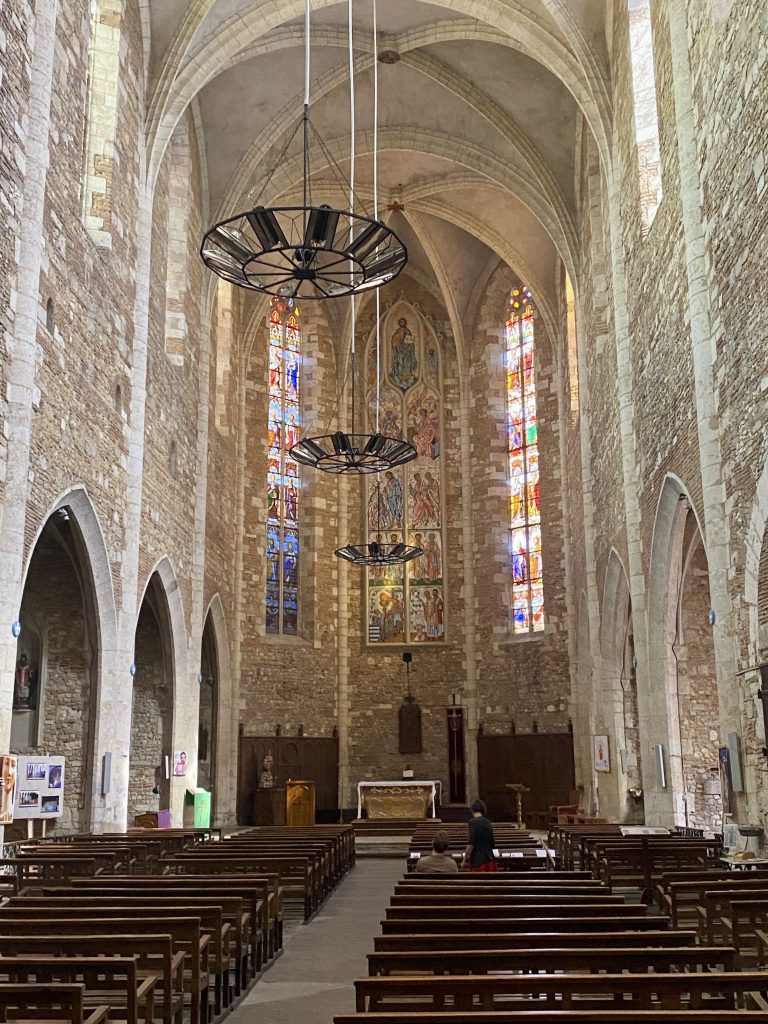
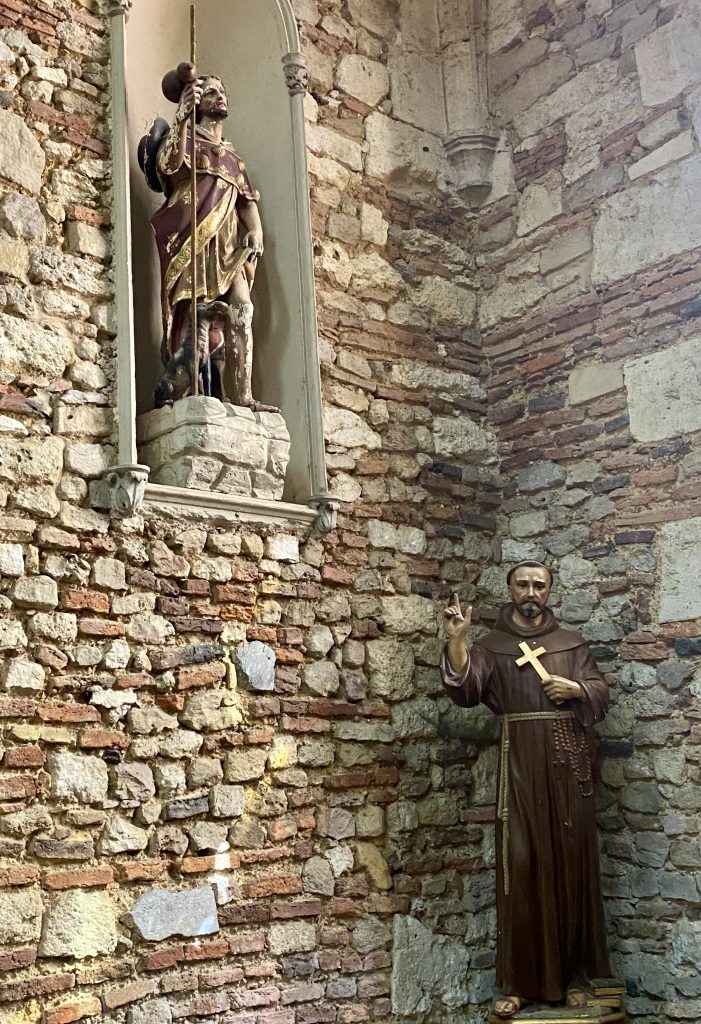
One of the highlights of our visit to Eauze was a meal at La Vie en Rose, a Michelin listed restaurant which clearly deserves a star. It highlights local cuisine at very reasonable prices. A budget menu of the day was avalable but we went a la carte. I started with a really refreshing Salade de Saint Jacques a l’orange et aux avocats and followed it with the chef’s speciality, an earthy main of Papillotes de Saint Jacques au Foie Gras. The accompanying wine was a local Tariquet Amplitude recommended by the chef. I’m writing this blog some weeks after we left Eauze and, shame on me, I cannot remember Vanya’s main (she didn’t bother with a starter) but I recall her having a great looking dessert, a Marquise au Chocolat Creme Caramel, which she described as “simply divine”. I finished with a very good Armagnac but, in hindsight, I wish I too had taken a dessert. The ‘La Croustade’ looked fantastic.
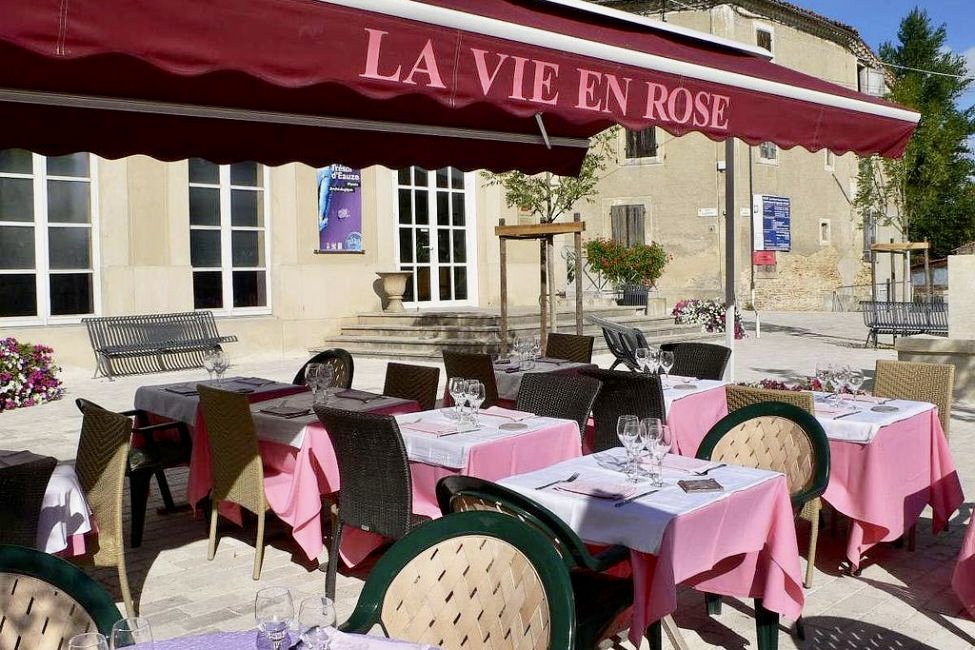
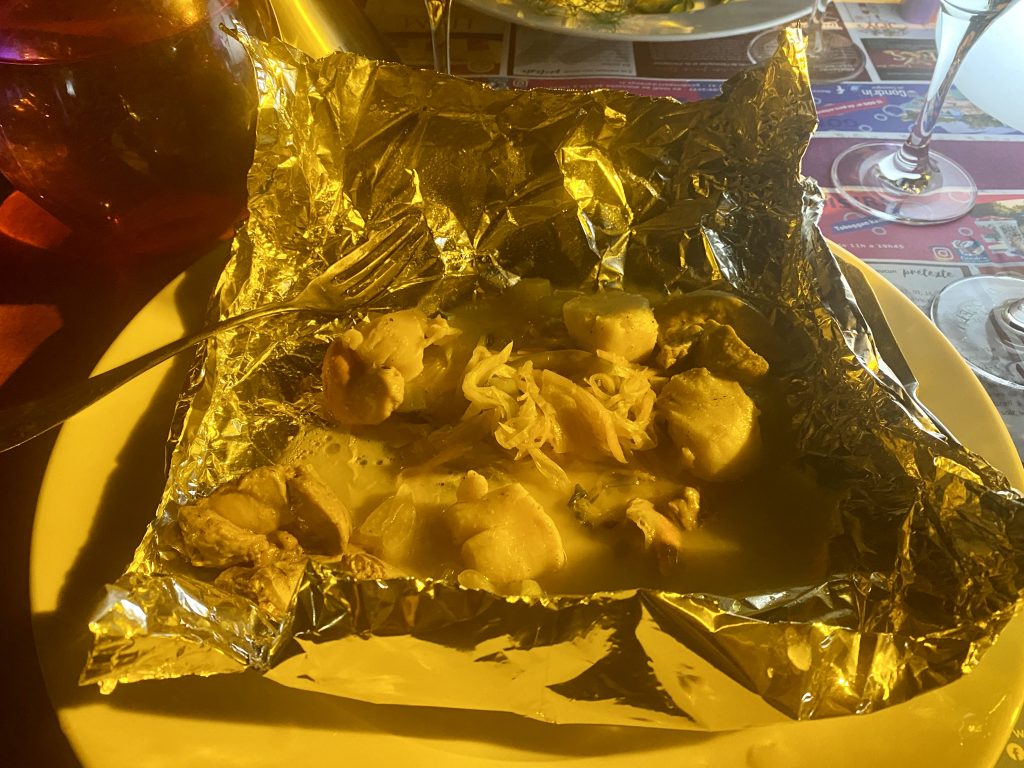


One other feature of Eauze which I found particularly impressive was the local street art (most of which seemed to have been created by the one artist).
